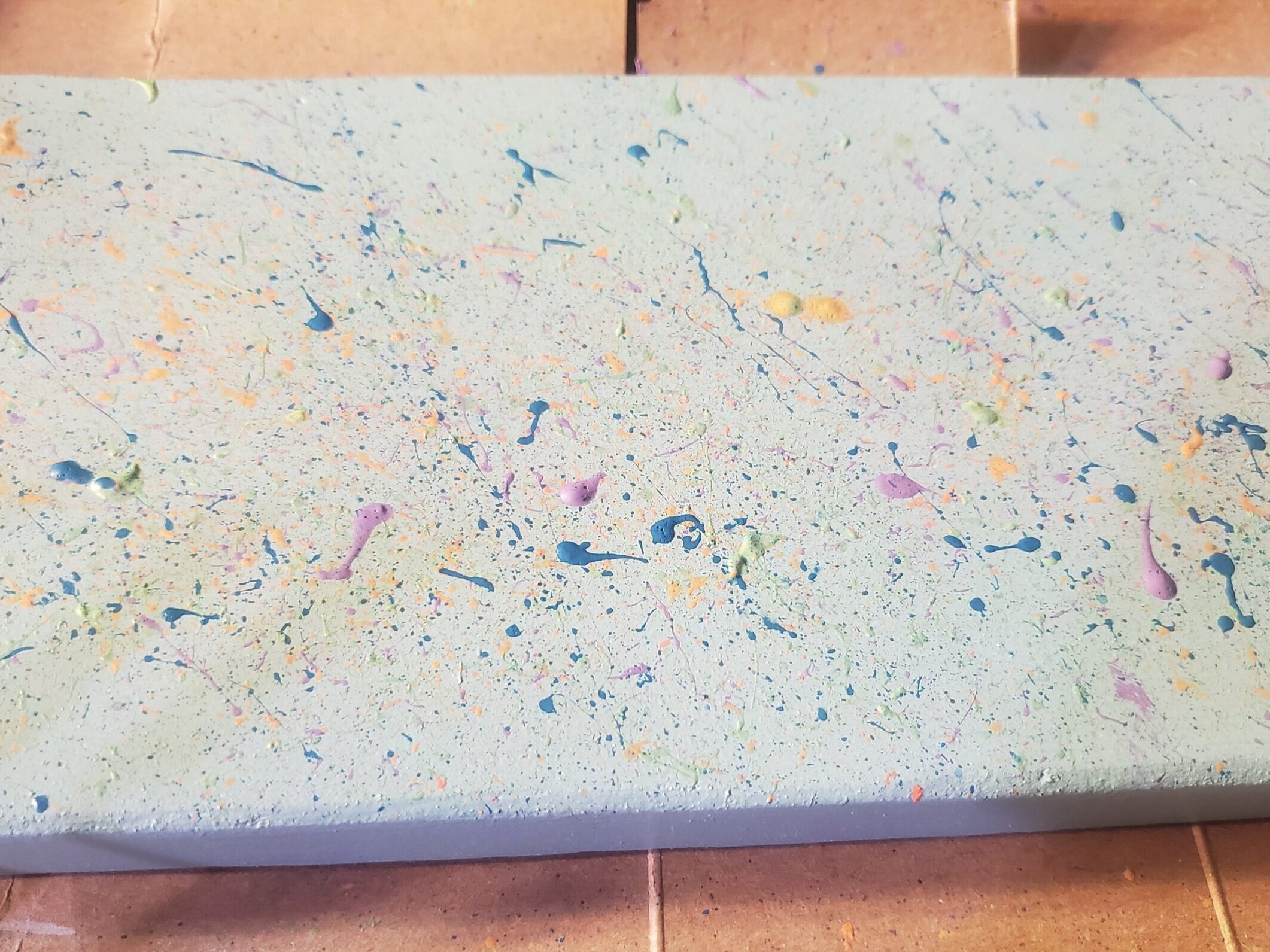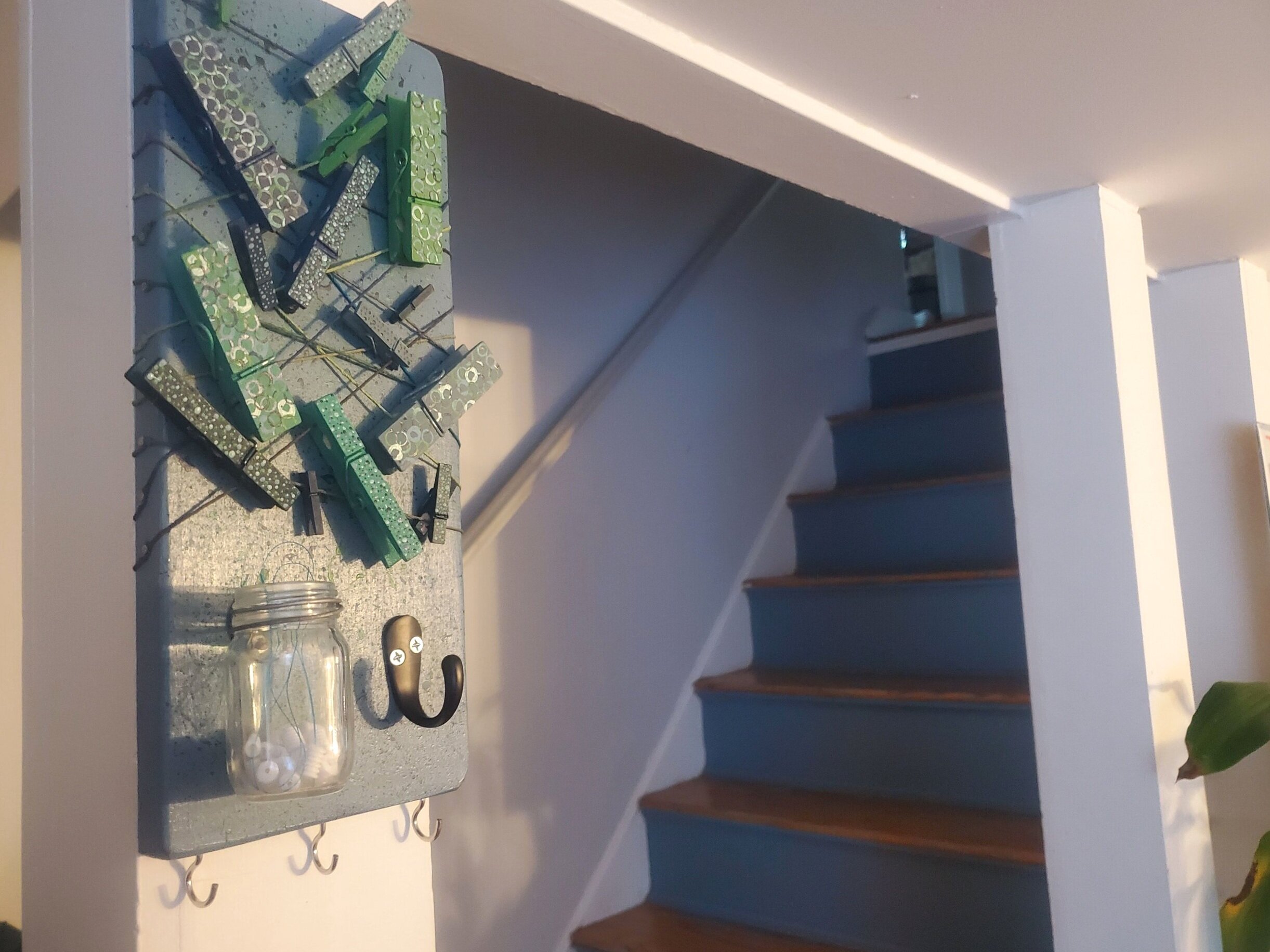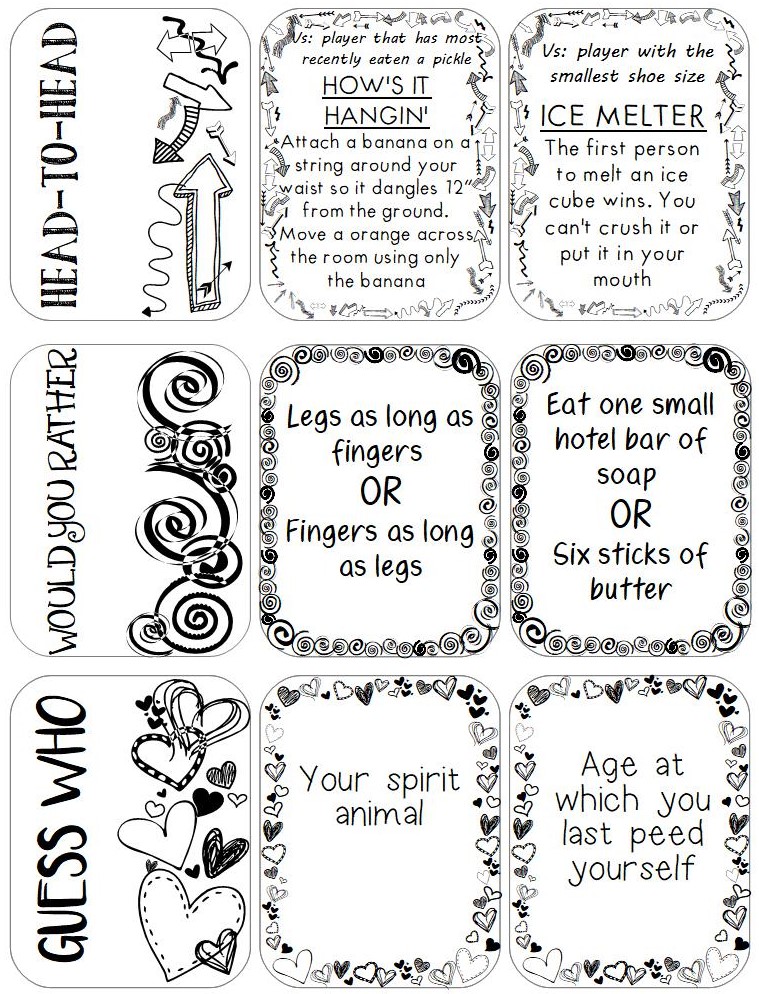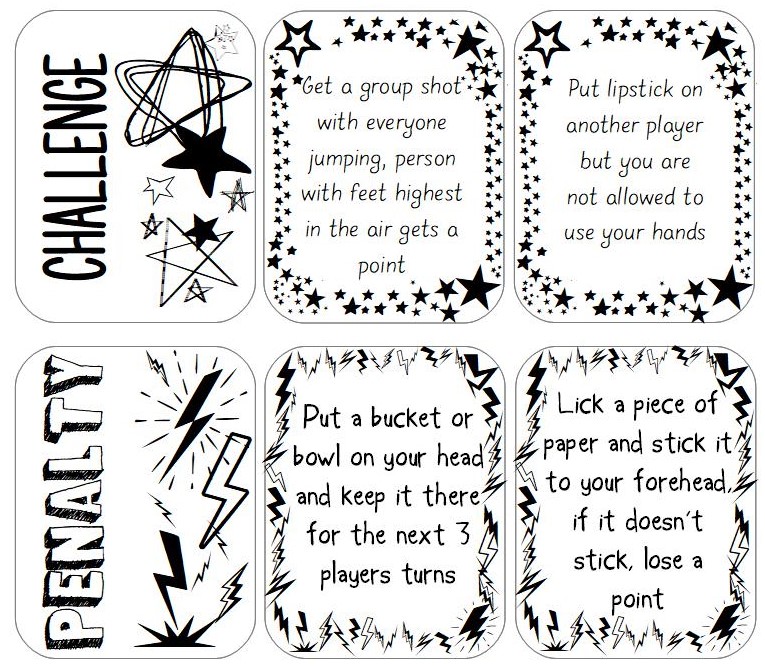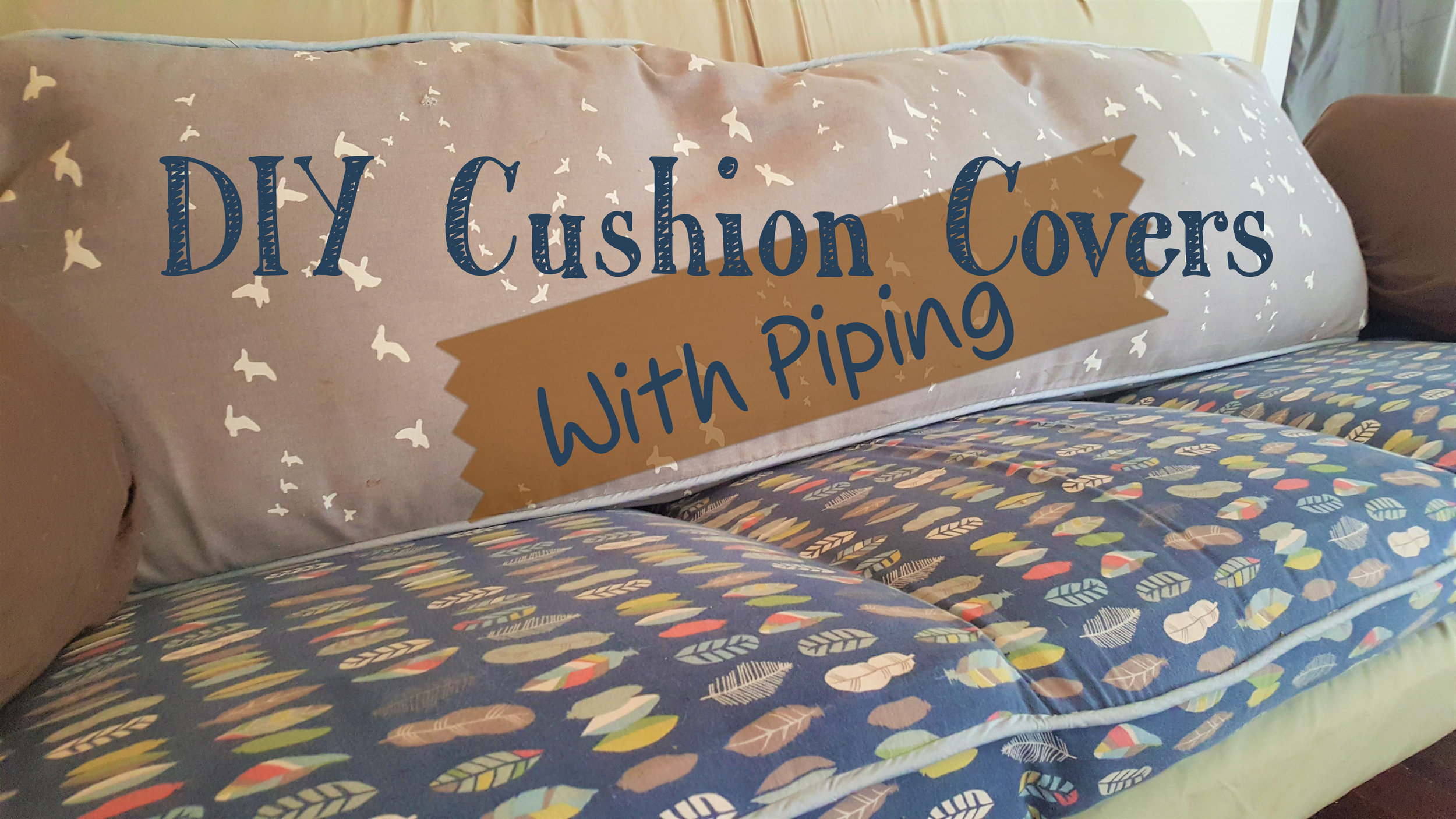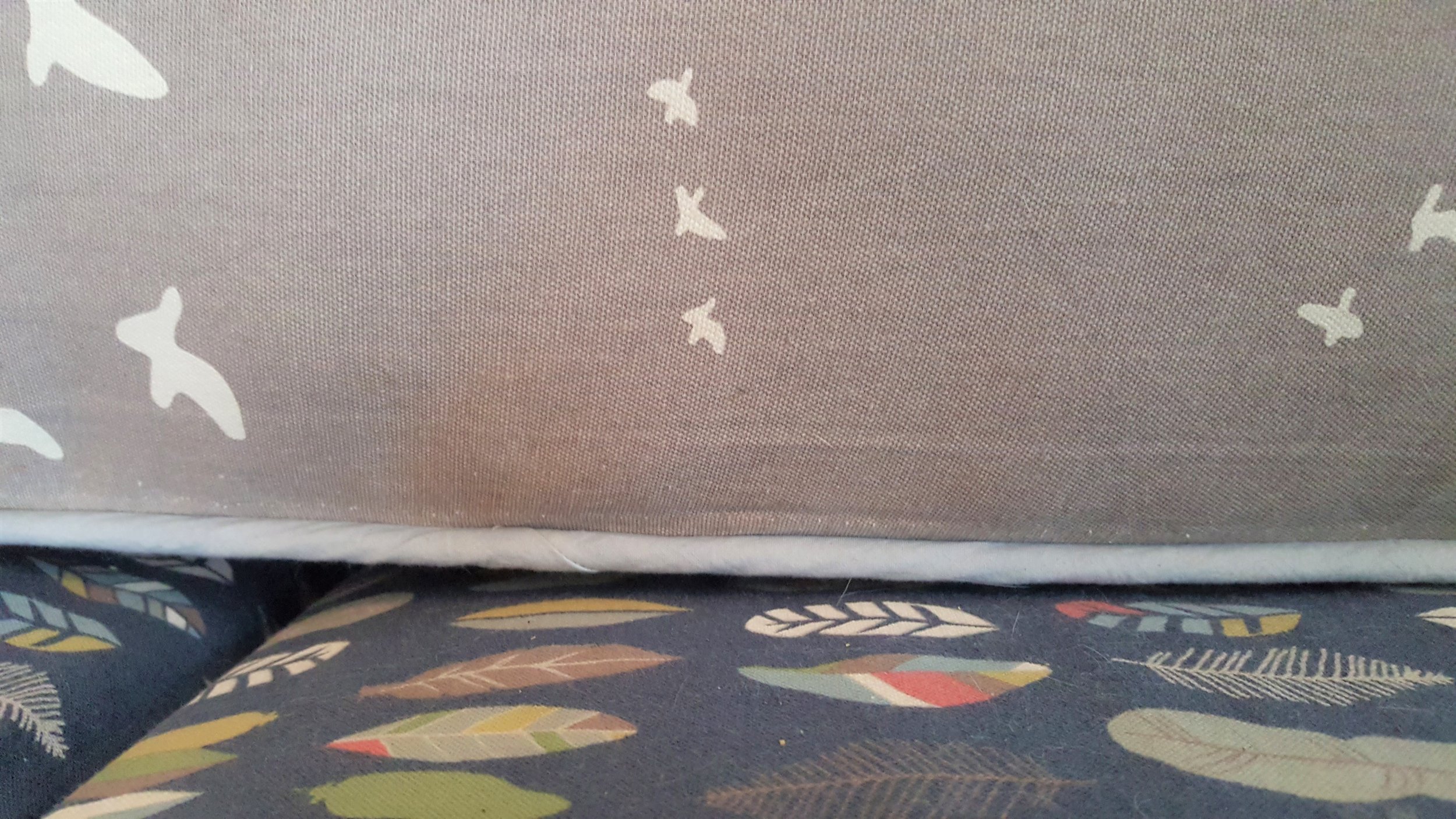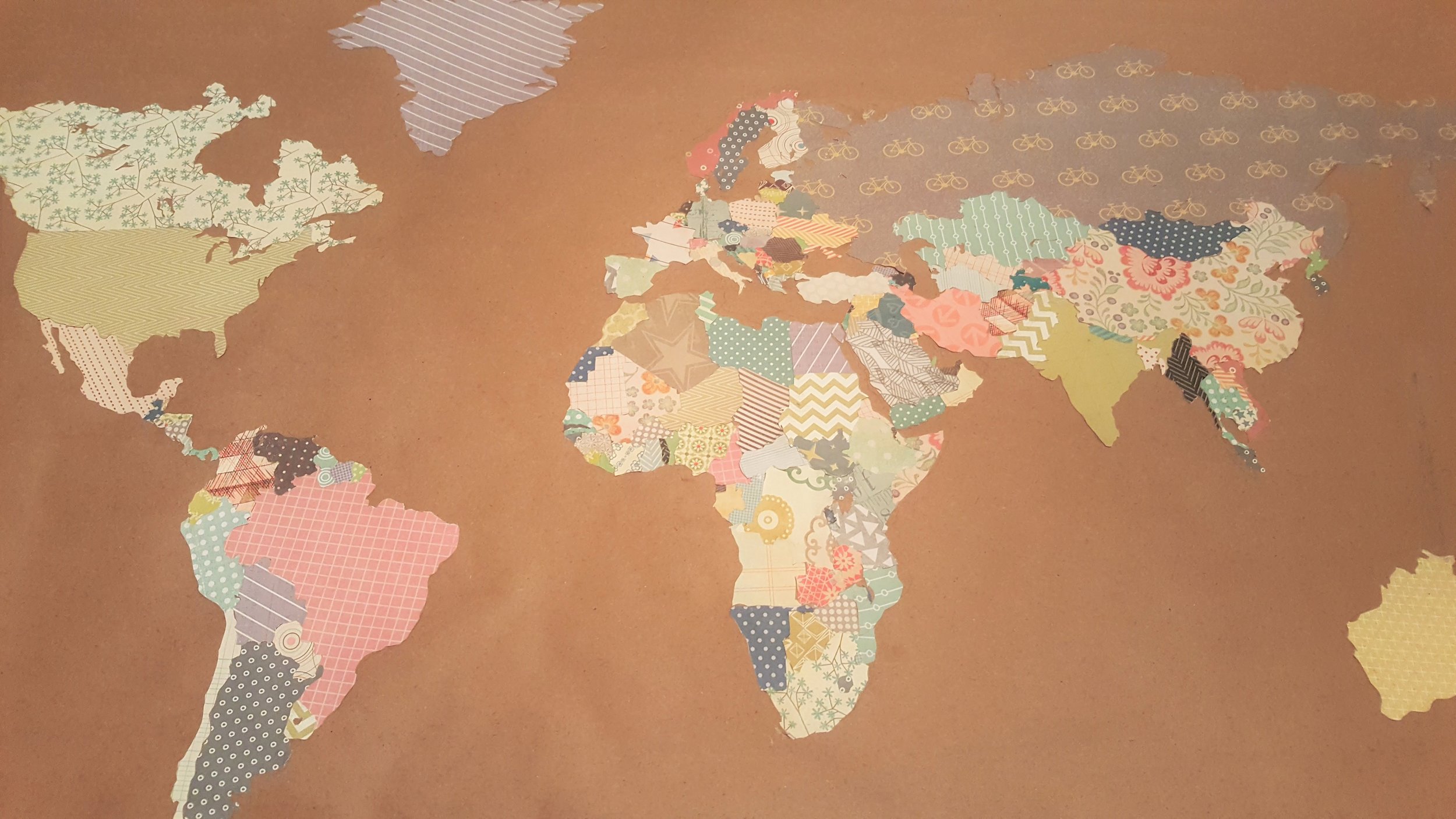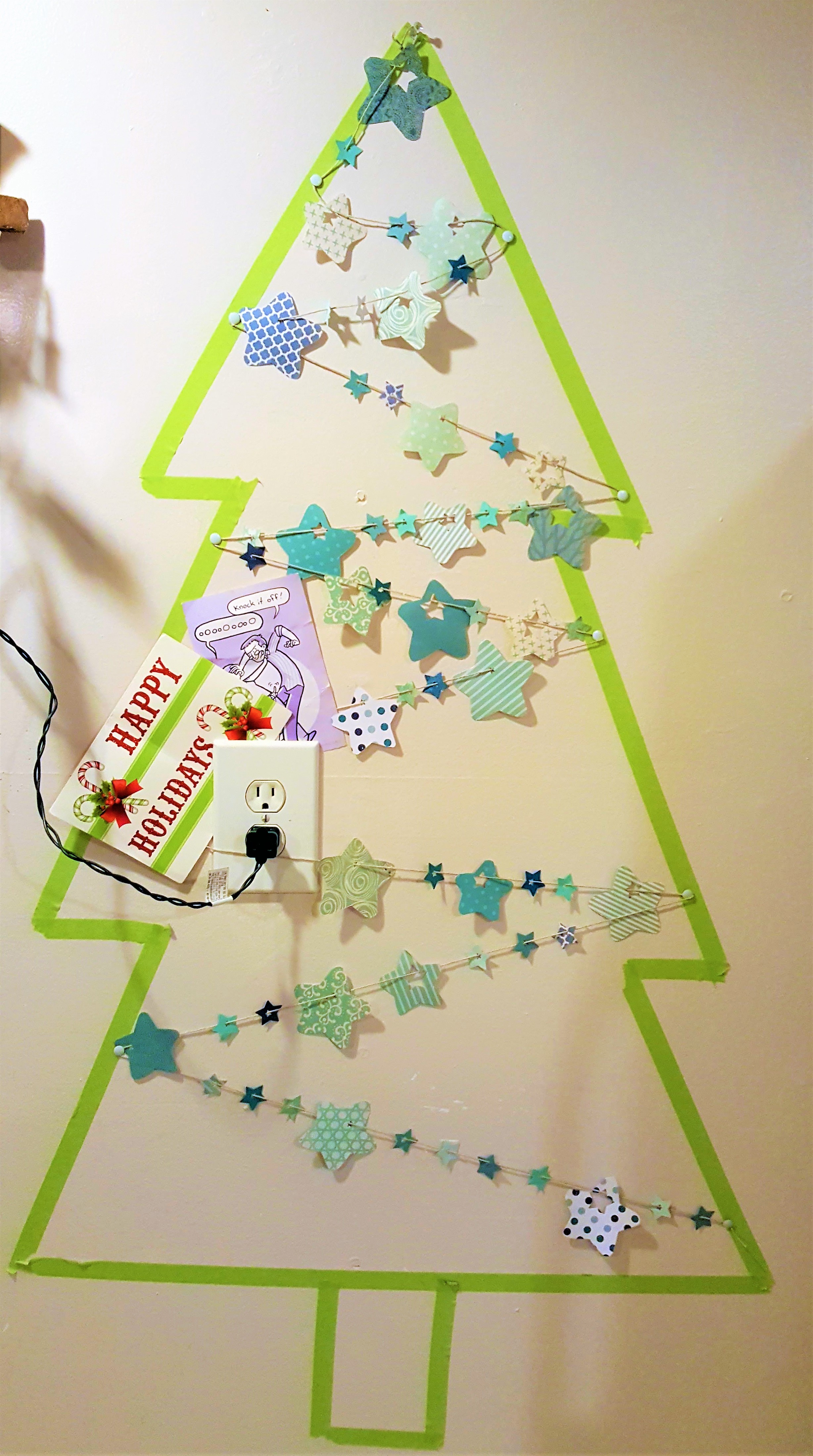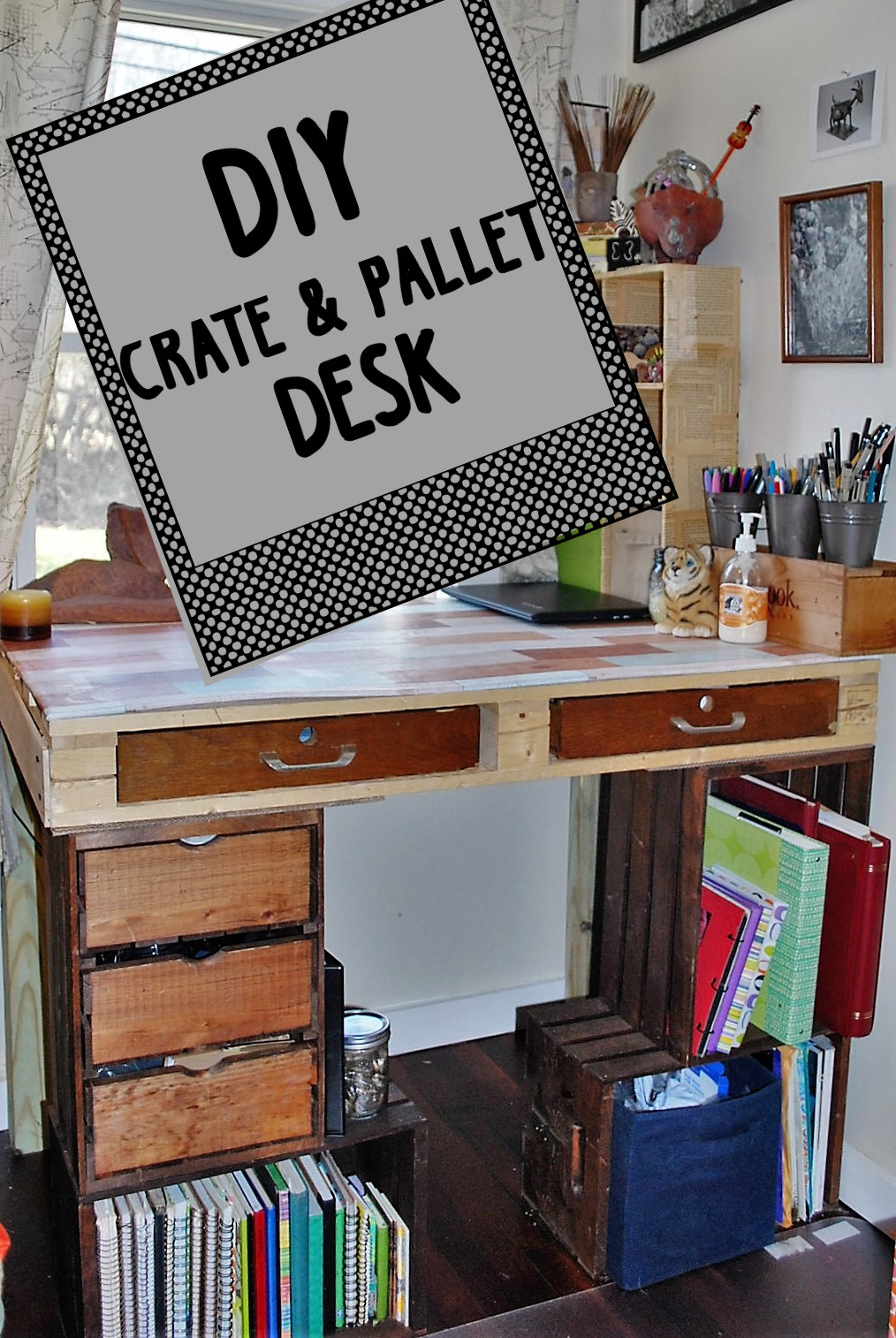My mom’s birthday was last month and it seemed like a good opportunity to throw together a project I’ve been thinking about for a little while - a mask organizer! With masks being a daily necessity now, I’ve been finding them hanging around the house everywhere yet am still always scrambling around looking for a clean one. I imagine I cant be alone in this new annoyance.
This project came together so well and was so easy that since creating the original for my mom’s birthday, I have made 2 more for my friend and I. Use whatever scrap piece of wood you have laying around. I started off by using leftover paint from house projects to put down a base coat. Once that was dry, I decided to use a toothbrush to splatter paint the background. Originally I did this to correspond with my parent’s front hallway that has remained unchanged from when I was given free reign to splatter paint it as a child, but the result was so great I repeated it for the other ones I made as well.
I chose to custom mix my color pallet since I only own a small basic collection of acrylics. Using the same pallet, I splatter painted the base board by running my thumb over a toothbrush. I then did base coats on a variety of sizes of clothespins (I found that using toothpicks as stands was the easiest way to do this). After the closepins had a dry base coat, I made a variety of patterns using straws, brushes, and toothpicks.
Once the splatter paint had fully dried on the baseboard, I added nails to the sides, driving them in most of the way but leaving 1/4” or so sticking out and able to tie a string around. I did not bother to measure these out for even spacing as I don’t really care, especially as the string will be tied down in a randomized fashion. But if you are the kind of person who likes to measure, go ahead and do that.
I had a variety of colors of hemp cord which I chose to use for this. The hemp cord seems seems like the right strength to use for this - i think thread would be too fragile and yarn would likely sag too much under the weight of masks. Any kind of twine would probably also be appropriate for this, and even embroidery thread might work. I tied the cord as tightly as I could around the nail heads before hammering them down over the knots, securing everything. I left tails on the string and taped the extras to the back to give a clean look on the edge. I also attached a picture hanger to the back for ease of hanging.
On the original mask holder I attached a variety of hooks to the bottom edge to be used for keys or extra masks, gloves, etc. When I started to work on a mask holder for myself, I decided I wanted to attach a small jar in order to contain the small silicone fasteners I’ve been using to tighten the elastic ear bands on several of my masks. I also added a large hook (maybe for a hat?) that I had laying around as well as a few key hooks underneath. For my friend, I thought the larger hook I had was the perfect spot for a dog leash, so I added an additional jar on hers that perfectly fits a roll of doggie poop bags!
These were so simple and fun to make, and something that practically anyone these days could find helpful. Since beginning to use mine in the house, I’ve realized this is really multi-purposed. The clothespins are perfect for quickly storing things like receipts, notes, mail, etc! I’ve already got a few more for friends planned out - maybe playing with dripping paint rather than splattering? Really you can customize this project in infinite ways. Not into painting? - modge podge some patterned paper or fabric to your board and use plain clothespins or whip out your sharpies to add some simple designs!




